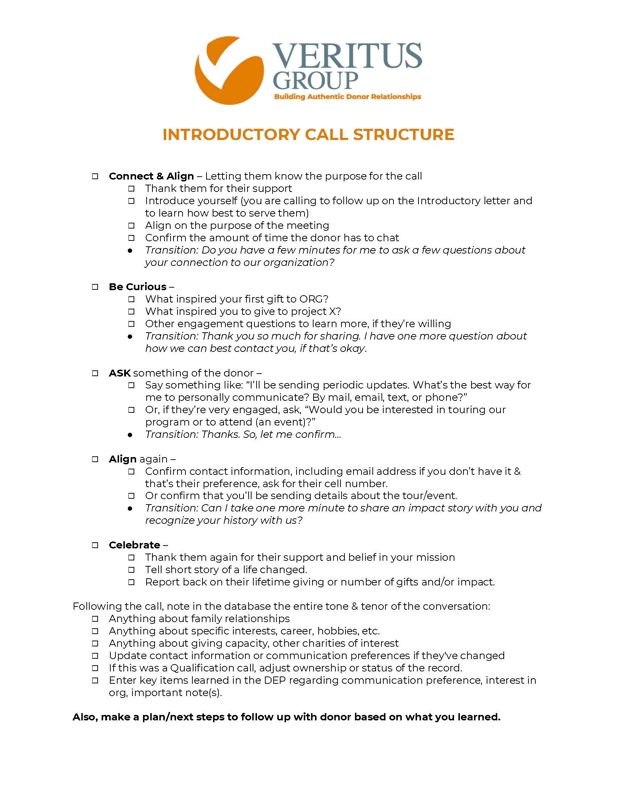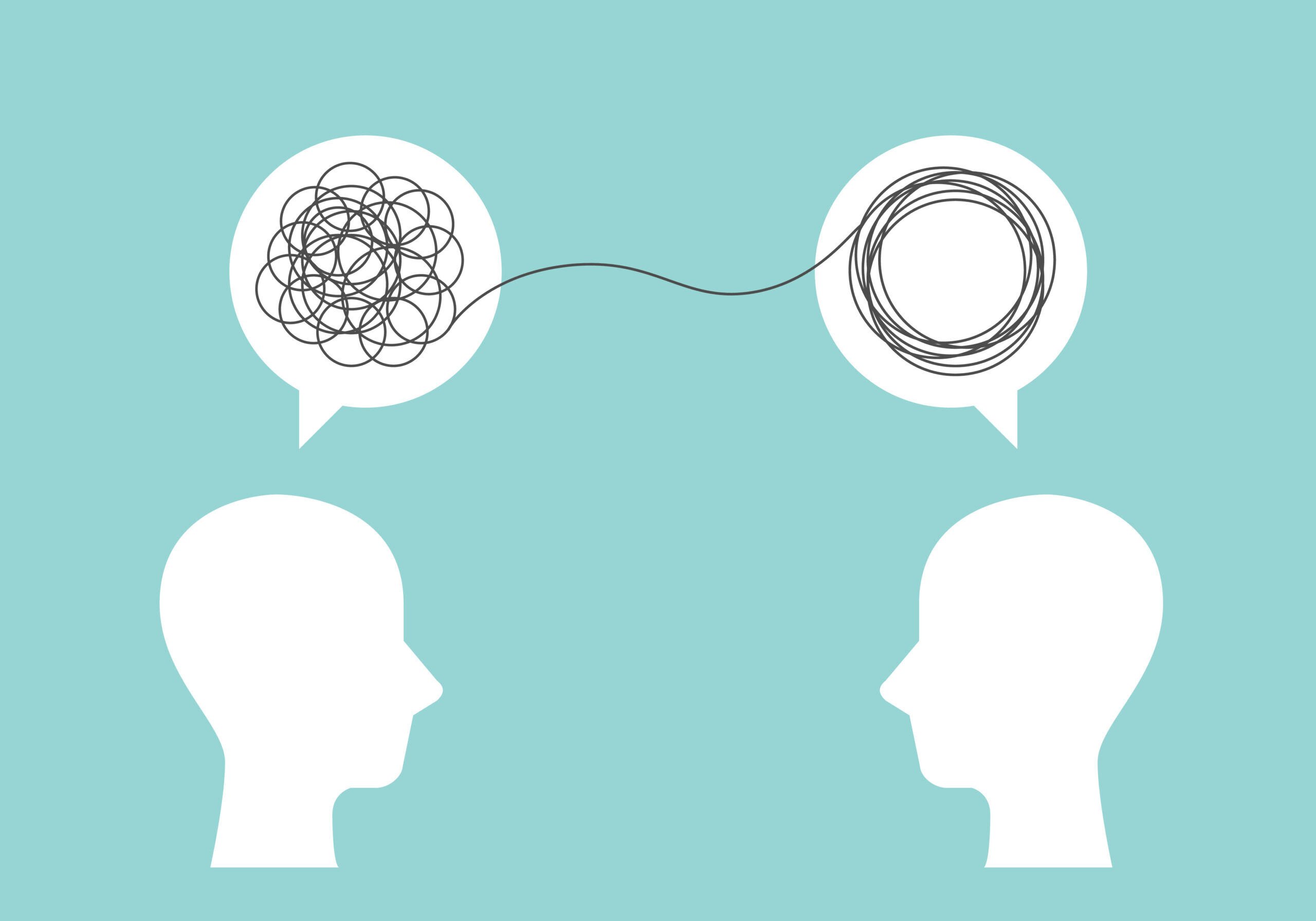It’s Not Too Late: Step-by-Step Strategies to End Your Year Strong
This blog post was originally published in 2024 This is it, folks! For many of you, this is the most significant time of year for donor giving....

As we approach year-end, this is the perfect time to strengthen your donor connections and feel confident in your phone conversations. Donors are often more available—and more open—during this season, so let’s make the most of these meaningful touchpoints.
Now, I know “cold calling” can sound intimidating. But here’s the truth: you’re not calling strangers. You’re reaching out to generous, caring people who already believe in your mission. So let’s retire the term “cold call” and replace it with “connection call.” Because that’s what it really is—an opportunity to learn more about your donors, deepen relationships, and discover who wants to engage further.
Whether you love talking to donors or the thought makes your palms sweat, having a structure helps everyone. At Veritus, we use this checklist in both our Mid-Level and Major Gift programs to take the fear out of donor calls and replace it with confidence, curiosity, and clarity.
This structure follows our Permission-Based Asking Model, which helps you connect with donors in a respectful, authentic way.

If you don’t know your donor yet, your first words should quickly communicate warmth and purpose—and lower any anxiety they might have that you’re calling to ask for money.
“Hi, this is Karen Kendrick from [ORG]. I just wanted to say thank you and ask a few quick questions about how we can be a better partner to you. Do you have a few minutes?”
Thank them for their giving—recent or long-term—and ask permission to continue:
“Do you mind if I ask what first inspired your gift to [ORG]?”
Ask questions that help you understand their passions, interests, and experiences.
After a few questions, thank them and transition naturally:
“I have one more question about how you prefer to hear from us—would that be okay?”
“What’s the best way for me to share updates—mail, email, text, or phone?”
If they’re very engaged, invite them to a tour or event:
“Would you be interested in visiting our program sometime?”
Confirm contact information and preferences—and honor them in future communications.
Then, if time allows:
“Can I take one more minute to share a quick impact story with you?”
End every call with gratitude and joy.
“Larry, thank you for your incredible support over the years. Do you realize you’ve been giving monthly for four years—totaling over [amount]? That’s amazing!”
Record your notes right away while the conversation is fresh:
When you have a clear plan and approach, the stress of donor calls fades away. Instead, you’ll find yourself starting each conversation with warmth, curiosity, and openness—and your donors will feel it. They’ll feel seen, honored, and valued, which is the foundation of every great donor relationship.
So as you head into year-end, grab your checklist, take a deep breath, and start dialing. You’re not just calling donors—you’re building partnerships that change lives.

This blog post was originally published in 2024 This is it, folks! For many of you, this is the most significant time of year for donor giving....

This is it, folks! For many of you, this is the most significant time of year for donor giving. That’s why it’s so critical to be working in a...

If your caseload donor is silent, it could be that you’re not in sync with their communication preferences.Diana Peterson-More writes a brilliant...